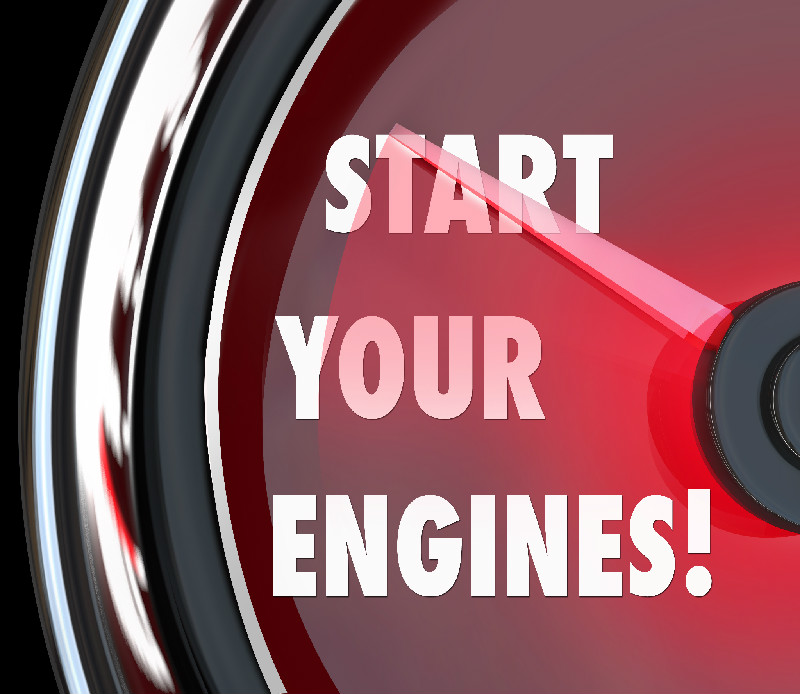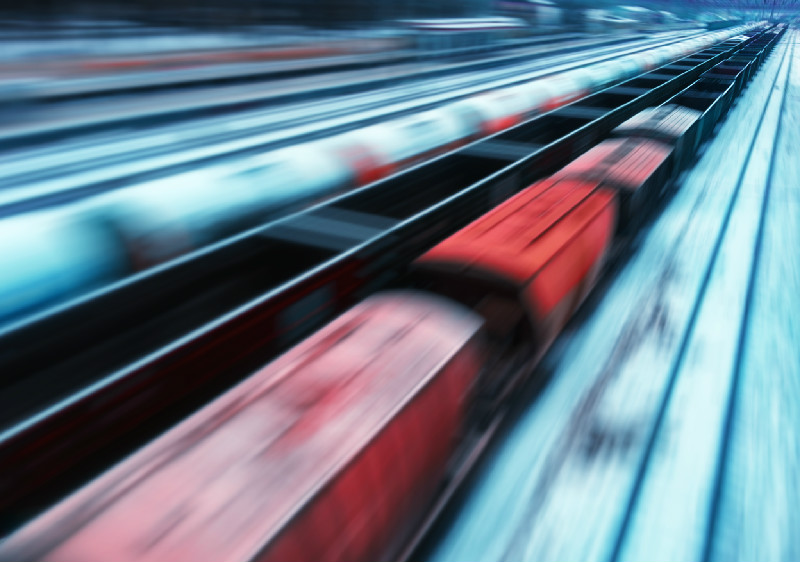There are many items on a locomotive that endure general wear and tear from use and the locomotive batteries are no exception. Even if they are well maintained and replaced before they burn out, they can still have occasional trouble starting the locomotive. The regular starting of a locomotive can damage batteries and reduce their lifespan, requiring more maintenance or replacement sooner. To help with this, engineers looked to supercapacitor technology.
Energy Sources
While there are many types of energy sources, only a few provide the power and density required for certain applications. Each has its own advantages and disadvantages. The diagram below shows how some of these self-contained energy sources stack up against each other.
Batteries, Supercapacitors and Locomotives

Supercapacitors have been in development for over 30 years, and they bring huge benefits to the locomotive industry. Supercapacitors are the lighter, quicker cousin of the slow, heavy lead acid battery. Think of supercapacitors as the sprinters who run the 100 meter dash and locomotive batteries as the marathoners. They may seem like opposites, but really, both are powerful sources of energy with their own unique compositions and abilities that can complement each other. If they are used together for locomotive starting, they match the load requirements on a modern locomotive and can vastly improve both locomotive starting reliability and battery life.
Locomotive Loads

Modern locomotives require advanced systems that place varied demands on the batteries. Locomotive starting systems require a quick burst of power and these engine starts are hard on the batteries. For example, a battery-only solution is expected to provide in excess of 1500 amps during the initial crank. The voltage drop may reset electronics, causing a penalty brake application. Other systems like the communications and safety systems have significantly different requirements and are a constant low current draw on the batteries. All of these different requirements can limit the useful life of the batteries and make them weak, which can intern make locomotive starting a challenge.
The best source for the variety of power requirements a locomotive has is a combination of supercapacitors and lead acid batteries, for starting. This combination provides the right power for starting and allows for the batteries to supply the necessary power for other systems.
How do supercapacitors help with locomotive starting?
Supercapacitor systems like the ZTR KickStart™ work with the locomotive’s regular batteries to deliver the power required and reduce damage. Supercapacitor technology supplies the bulk of the power needed during the initial crank. This helps the locomotive batteries during the locomotive engine starting phase by providing a surge of additional electrical current at the beginning of the cranking sequence. This reduces the stress on the batteries. By matching the power source to the load required, the strain on the batteries is reduced and the result is less energy drain from the batteries, longer battery life, faster cranking speed, less time to recharge the batteries and increased locomotive availability. Plus, electronics stay on, and no penalty application occurs.
Major differences between batteries and supercapacitors in locomotive applications...
Supercapacitors can be used to help augment the batteries in locomotive starting or can start the locomotive all on their own. It really depends on the need and the customer preference. With this in mind, it's important to know how batteries and supercapacitors differ when considering a supercapacitor battery assist or full start solution.
Batteries
- Slow to recharge, slow to disperse energy
- Multiple recharges can affect overall life
- Require maintenance
- Last approximately 5 years (often with a rebuild)
- Reduced ability in cold weather
- Starting and powering locomotive systems
Supercapacitors
- Recharge faster than batteries and release a high amount of energy quickly
- Zero maintenance
- Last 10-15 years or more
- Quick burst of energy
- All Weather
- Locomotive starting only
Let’s take a closer look at some of these differences…
Energy Storage and Release

Understanding how the two systems store and release energy is critical to better understanding their difference. When it comes to locomotive batteries, even the best ones use electrochemically stored energy. Unfortunately, this type of energy storage limits the peak current available. That initial burst of energy required at the beginning of the locomotive starting, the cranking phase, requires a peak of current. On the other side, supercapacitors use electrostatic energy. The benefit of this process is that it can deliver nearly all the energy stored, in the supercapacitor, in a split second. It’s like a bolt of lightning or an instantly available high power burst. Since a locomotive requires this surge of energy as well as a steady supply of longer term energy, these two systems together are the perfect combination for a locomotive.
Life Span

All batteries have a "best before" date that depends on usage and environmental conditions. Deeply discharging a battery, neglecting to apply a full charge after depletion, utilization in extreme temperatures and lack of routine maintenance can all have a devastating effect on a battery’s specified life. Supercapacitors have a specified cycle life of more than 500 times that of a battery and aren’t affected by deep discharges, lack of full charges, or temperature extremes and require no maintenance.
| Batteries (Lead Acid – SLA, AGM, Gel, etc) | Supercapacitors |
| Charging Time | > 12 hrs | < 60 seconds |
| Cycle Life | <200 | 500,000 |
| Calendar Life | 3-5 years | 10 + years |
| Operating Temperature | -20°C +55°C | -40°C to 65°C |
We feel a Supercapacitor system is your best bet!
Whether you are looking at a supercapacitor battery assist technology to augment the locomotive batteries during engine starting or a full supercapacitor solution that supplies all the power required for starting and simply keep some batteries available for additional onboard systems, supercapacitors are a valuable alternative that can reduce operational costs and increase reliability for your fleet.
If you would like further information, please contact us!